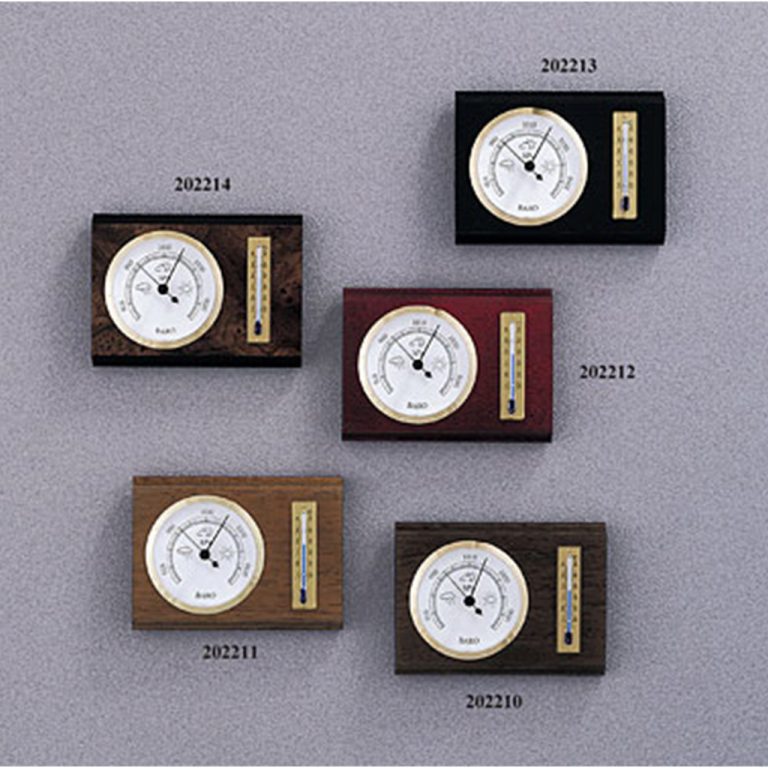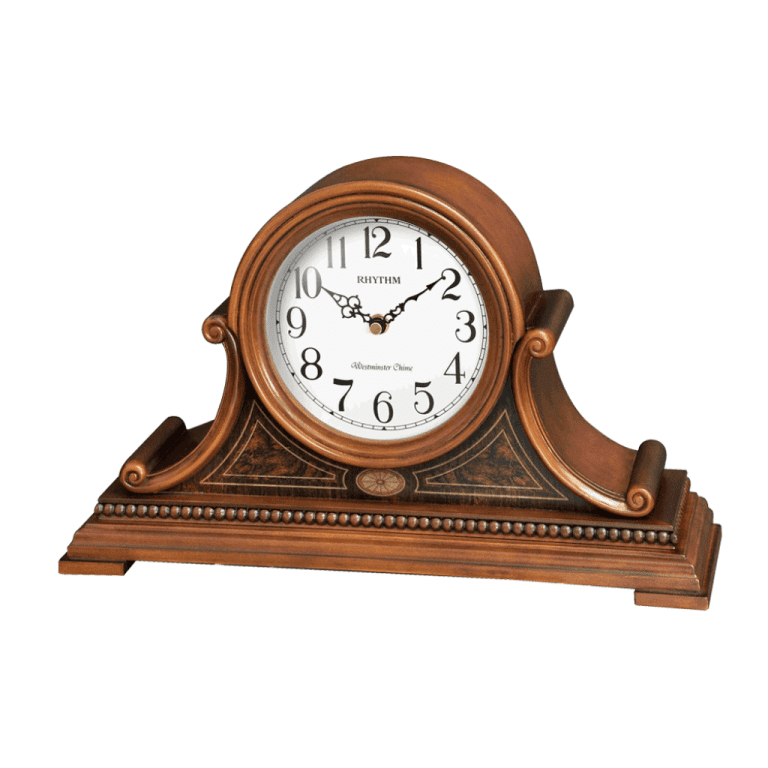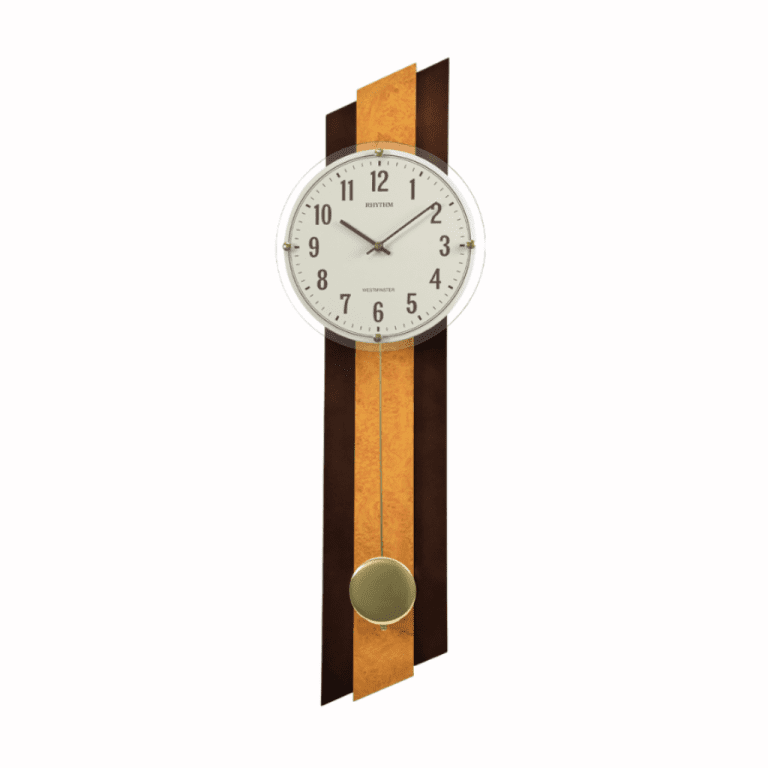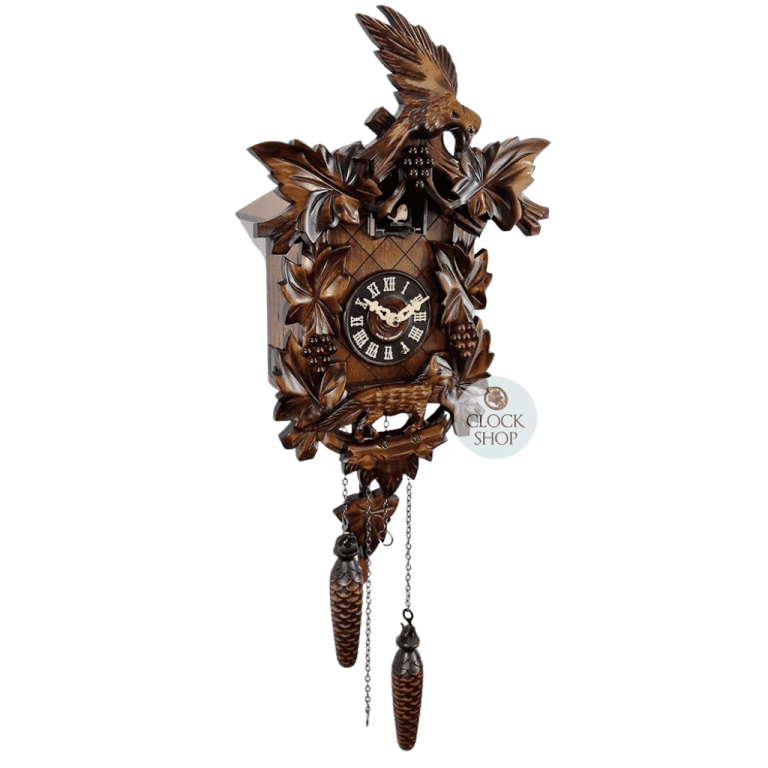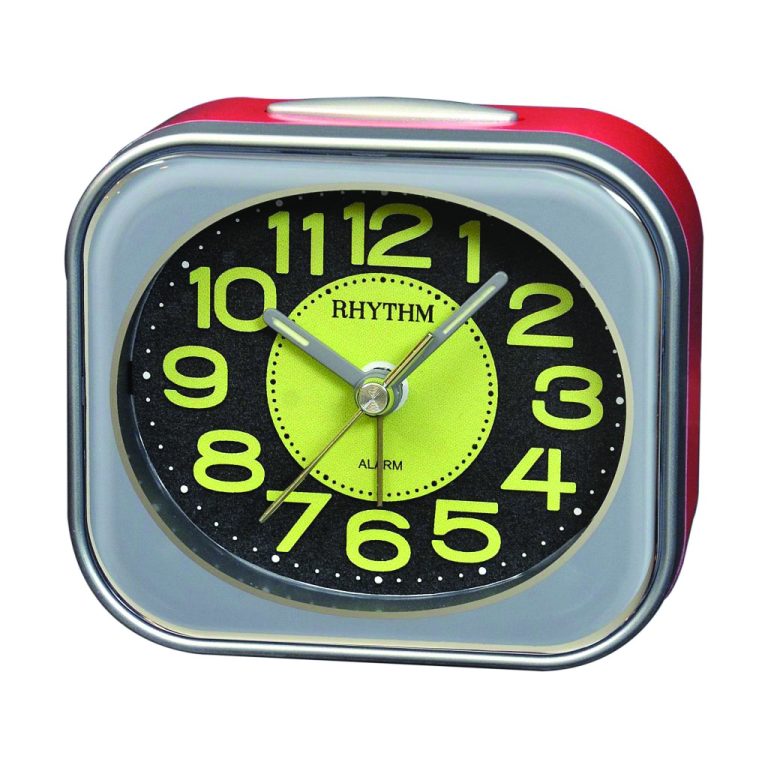Abraham-Louis Breguet (1747 – 1823, above) was a native of Neuchâtel, Switzerland who plied his trade as a watchmaker in Paris and who today is regarded as one the most important figures in the history of timekeeping. Among Breguet’s many innovations were the first self-winding movement, the first repeater movement with a gong, one of the earliest constant-force escapements, and the device that he famously patented in 1801, the tourbillon escapement. But perhaps the most influential contribution Breguet made to the evolution of timekeeping was the invention of the first timepiece to be worn on the wrist. In Breguet’s era, portable timekeepers were mounted on chains and fobs and almost exclusively worn by gentlemen in the pockets of their waistcoats. When ladies of the era decided that they also wanted to carry the time around with them, contemporary watchmakers were presented with a challenge; the ornate dresses that women wore were not designed with utilitarian elements like pockets. Hence the development of the earliest jewelry watches, which were essentially pocket watches that dangled from fashionable accessories like pendant necklaces, brooches, and bracelets.
It wasn’t until 1810, historical records indicate, that a watchmaker designed a watch from the ground up to be worn on the wrist, as opposed to a piece of jewelry with a timekeeping element added as an enhancement. The watchmaker, appropriately, was the legendary Breguet, and the client who commissioned it was Queen Caroline Murat of Naples (above), the sister of perhaps the most famous of Breguet’s roster of royal clients, Napoleon Bonaparte. That watch, known in records as No. 2639 and delivered in 1812, was oval-shaped, with a silver dial hosting elaborately curved Arabic numerals; it contained a movement with complications including a chiming repeater, and was attached to a wristlet made of hairs and golden threads. Now unfortunately lost to history, Queen Caroline’s watch proved to be a trendsetter for its times, inspiring Breguet and many of his contemporaries to produce elegantly appointed, wrist-mounted timepieces for aristocrats, royalty, and other women of means throughout the 1800s, eventually making them more accessible to the public by the end of the century. The original watch’s spirit and many of its noteworthy design elements live on in the modern Breguet Reine de Naples collection.
Just about every claim in watch history, however, has its caveats and contradictions, including the maker (and date) of the first-ever wristwatch. According to Guinness World Records, it is Patek Philippe that holds the record, with the ornate gold timepiece (below) made for Countess Koscowicz of Hungary in 1868, which today resides in the Swiss watchmaker’s museum in Geneva. Perhaps the fact that there’s physical evidence of this watch’s existence tips the scales in its favor for Guinness’ fact-checkers, but Breguet offers documented evidence of the Queen of Naples’ commission for her watch in 1810, and a record of the timepiece being repaired in 1855 — both dates preceding the manufacture of Patek’s watch for the Countess. Barring an unlikely, elaborate hoax, most watch historians these days give Breguet the nod. Patek Philippe itself claims only that its 1868 piece is “the first Swiss wristwatch,” a subtle but important distinction, owing to the likelihood that Breguet made the original “Reine de Naples” watch in France rather than Switzerland.
While 19th-Century ladies were embracing the wristwatch, however, the era’s men still steadfastly persisted in their preference for pocket watches, largely regarding the wrist-worn devices as ornamental baubles more than useful timekeepers — not entirely wrongly, as decorative flourishes were still emphasized in their manufacture over utility, reliability, or robustness. But this is where Cartier, Alberto Santos-Dumont, and World War I come into the story, a few years after the turn of the Century, to play their own key role.
First Men’s Wristwatch (1904):
Men’s attitudes toward wearing their watches on the wrist began to shift in the early 1900s, and the forerunner of this societal evolution was a watch made in 1904 by Louis Cartier, third-generation leader of the eponymous Parisian watch and jewelry maison, for his friend Alberto Santos-Dumont, an aviation pioneer and bon vivant originally from Brazil who famously flew steerable balloons over his adopted city of Paris. Santos-Dumont lamented to Cartier about the difficulty that he encountered keeping both of his hands on the controls of his aircraft while also checking the time on his pocket watch. Keeping track of the time was crucial in the early and very competitive days of aviation, which were all about setting and breaking time and speed records, but wearing a watch on one’s wrist, a more practical solution for the task, was still considered feminine by gentlemen of the era.
The wrist-borne timekeeper that Cartier made for his friend addressed Santos-Dumont’s concerns while also offering an avant-garde, stylish look that suited the aviator’s alpha-male reputation. Basing its design on a square-cased pocket watch that he’d previously made, and equipping it with a Jaeger caliber, Cartier mounted the watch on a leather strap and added elements inspired by the Art Deco style popular at the time. He also added subtle distinctions that defined the watch as Parisian, like the exposed screws on the rounded-square bezel, which evoked the rivets of the recently completed Eiffel Tower, and the radiating Roman hour numerals that legend has it were inspired by a street map of Paris.
Cartier’s creation was the first wristwatch designed for a male wearer and the first one purpose-built for a pilot. Santos-Dumont liked the watch — which would eventually be named after him and become the basis for an entire collection in the modern era — and on November 12, 1906, he wore it while setting the world flight speed record in his 14Bis powered biplane (above) — simultaneously becoming the first human photographed while in flight. Thousands who’d witnessed the feat wanted to emulate the rakish, adventurous Santos-Dumont, and demand among men for the square-cased watch that he wore moved Cartier to release it as a commercial product starting in 1911. It was a watershed moment for the watch industry, which would henceforth begin focusing on wristwatches for its male customers as the larger, less practical pocket watches gradually fell from favor.
The final tipping point came after World War I (1914 – 1918), in which troops from the Allied countries of Britain, France, the United States and Russia needed reliable timepieces in the trenches and battlefields of Europe. Pocket watches were too impractical for soldiers on the move, many of whom needed to load their weapons with one hand while checking the time on the other to determine the distance of incoming artillery fire. Wristwatches, the earliest of which were jerry-rigged by soldering strips of metal wire onto existing pocket watch cases to attach them to straps, thus became useful and practical military accessories, which accompanied returning veterans back to their civilian lives, and which subsequently gained in mainstream popularity. The rest, as one might say, is history.
Credited to:https://teddybaldassarre.com/





